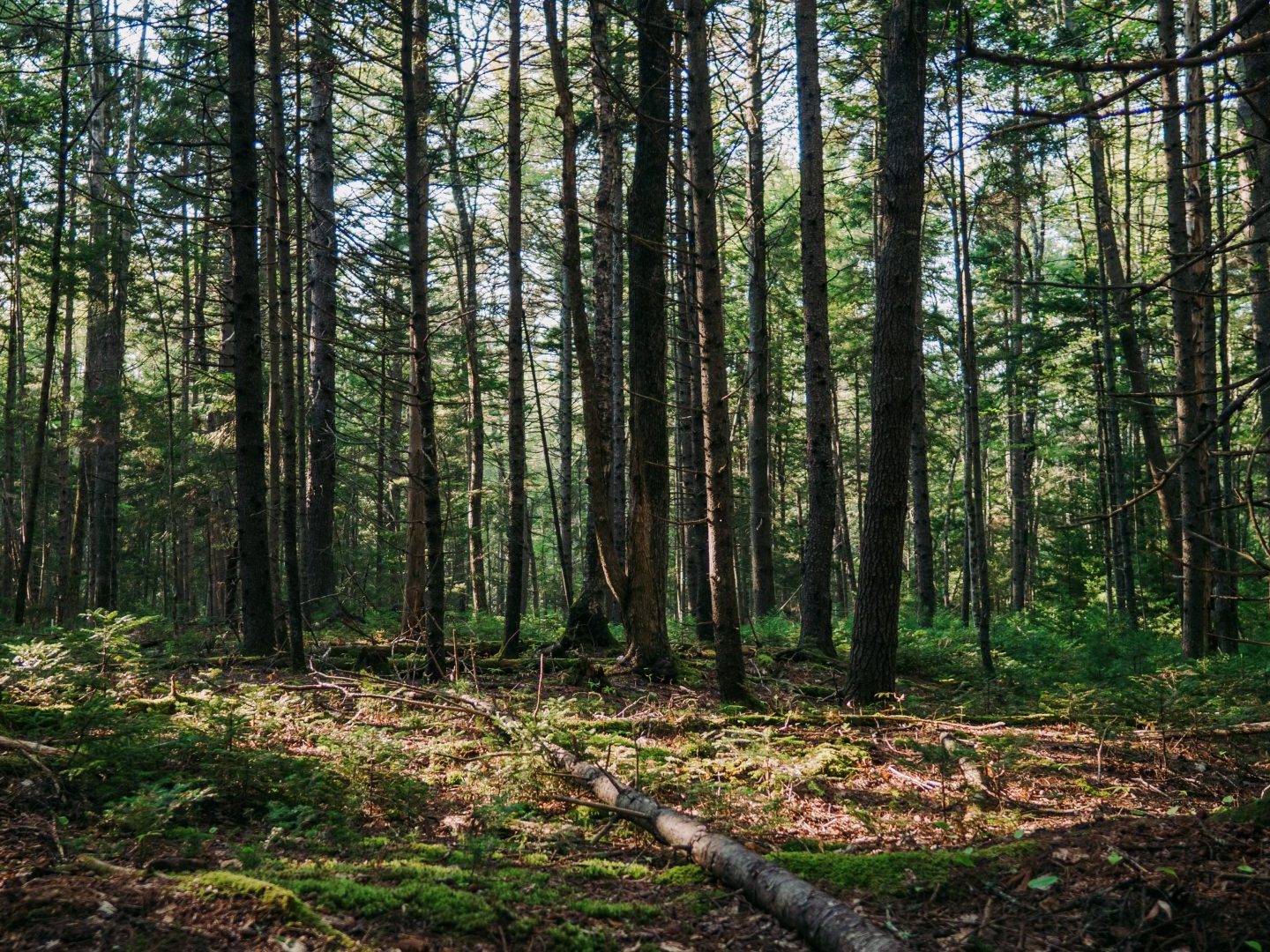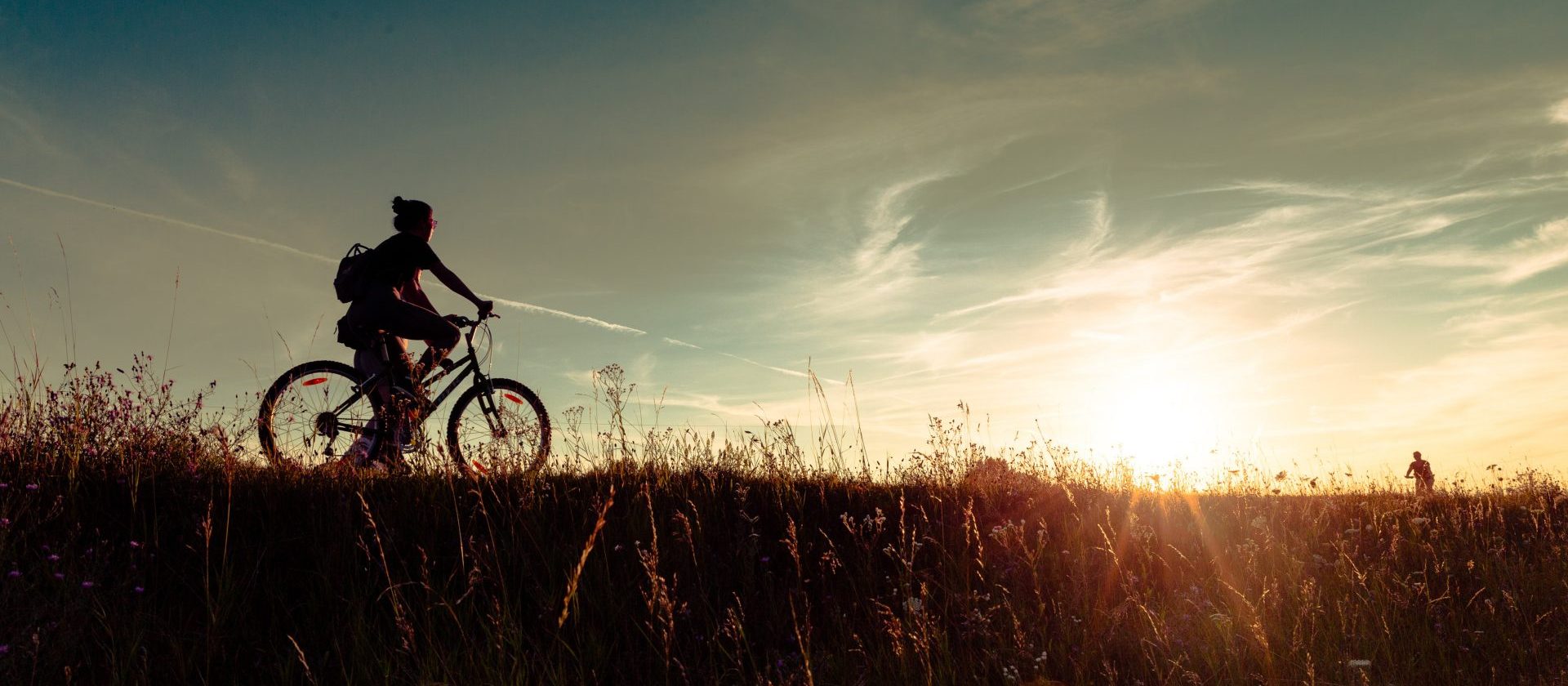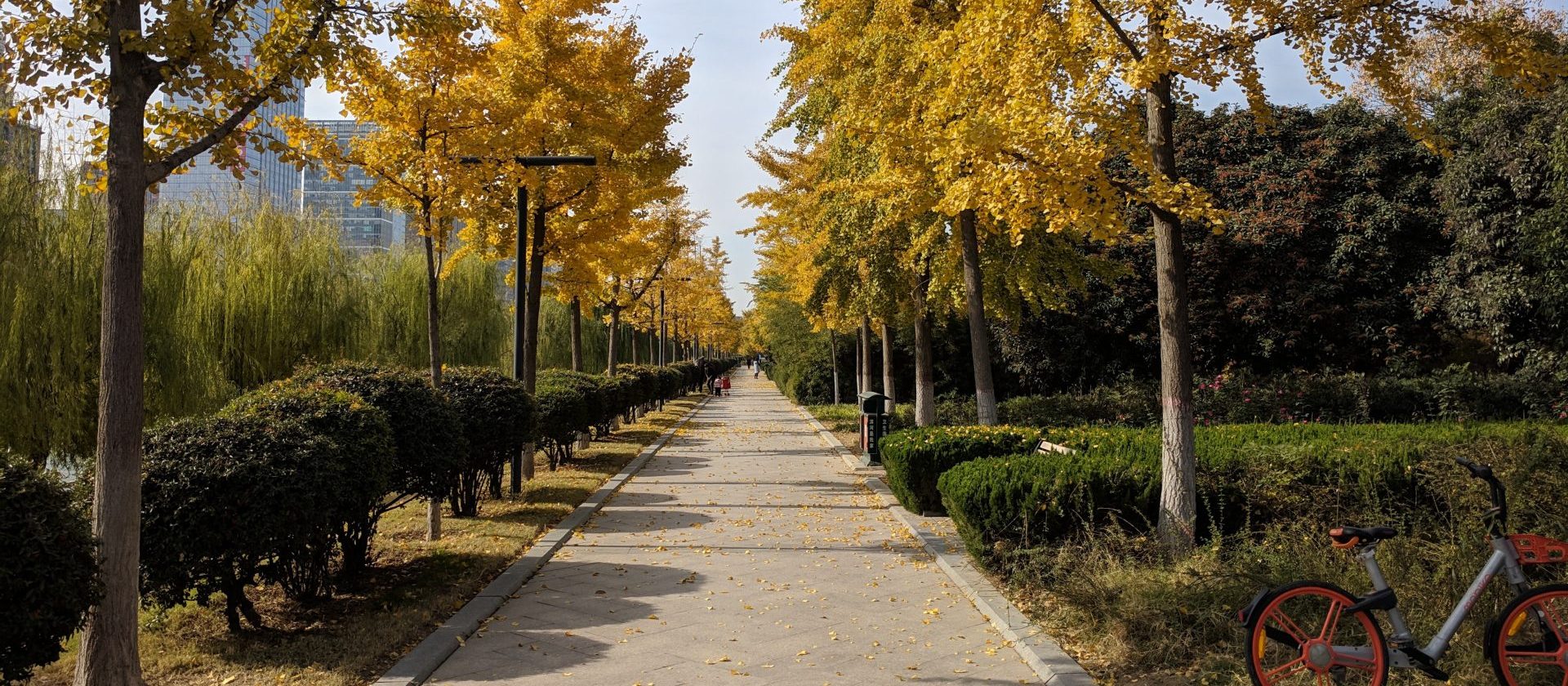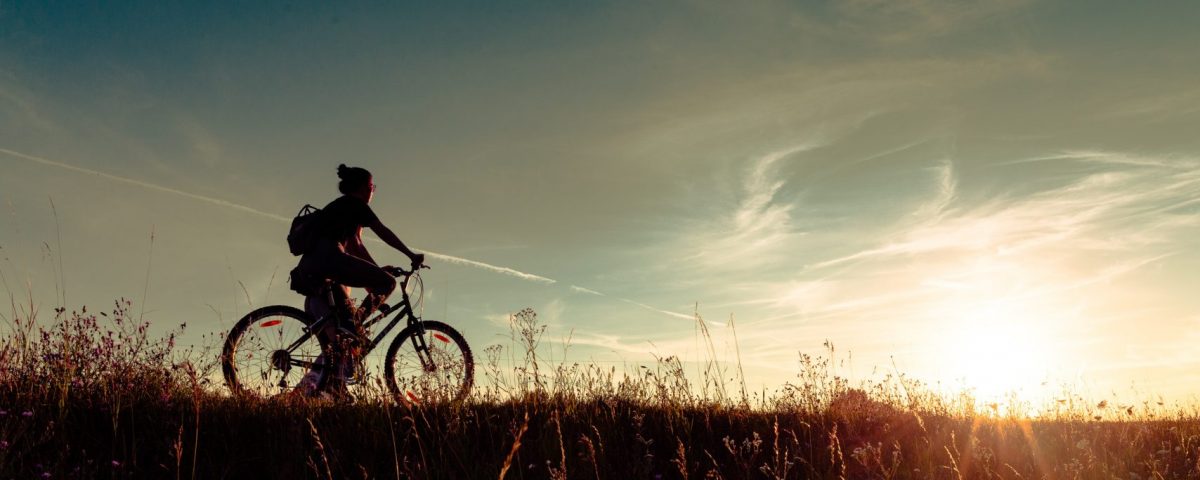
To Tree or Not to Tree
April 29, 2022Dr. Mark S. Laska Honored with ELI National Wetlands Award
May 4, 2022
Pedal for the Cause
Author: Liz Clift
It’s the beginning of national bike month! Celebrate by getting on your bike and going on a ride—outdoors!
You’re probably familiar with some of the most common arguments about how choosing to ride a bike benefits ecology or the environment, including variations of the three bullets below.
• Cycling doesn’t use fuel or produce greenhouse gases.
• Cycling doesn’t require other chemicals (such as antifreeze) that can have ecological consequences.
• Depending on the type of bicycle, cycling doesn’t require any rare earth metals (e-bikes are an exception and right-to-repair could make these bikes more sustainable than they currently are).
And let’s be real. The resource conservation aspect of choosing to get on a bike instead of in a car is a huge one.
If more of us biked for more of our short errands, to work, and to school, it could have tangible and immediate impacts on greenhouse gas emissions, air quality, and fuel supplies. According to a 2009 survey, approximately 33% of vehicle trips were under 2 miles, and nearly 60% were under 6 miles. As of 2017, the numbers were nearly identical. These are distances that can be readily biked (provided the infrastructure is in place and we’re willing to change our habits) by many people.
You’ve probably seen the Bill Nye quote: “There is no machine that is more efficient than a human on a bicycle. A bowl of oatmeal, 30 miles, you can’t come close to that. Put a bowl of oatmeal in your car, you’re not going anywhere, let alone 30 miles.” His point here is that you aren’t using fossil fuels to get around and with some basic maintenance you can keep the same bike for years—probably longer than most of us keep cars, so over time, the manufacturing impacts become inconsequential.
With that in mind, here are some of the other ways swapping out your bike for your car whenever possible helps the environment.
Less Noise Pollution
Cars and other vehicles can make a lot of noise (particularly those with internal combustion engines). By riding a bike you contribute to noise reduction which benefits your human and animal neighbors, especially during key migratory and nesting seasons.
A note about noise pollution and your human neighbors: a lot of us seek less noise anyway—and while cars can seem like “background noise,” noise pollution can impact overall quality of life. Problems include high blood pressure, hearing loss, and sleep disruption among others. If you’re curious about how noisy the area you live is, check out the Bureau of Transportation Statistics’ Continental noise map or for one that might be easier to digest, the one from HowLoud.
Less Tire Pollution
Okay, so that can seem like a strange one if you haven’t been following water quality news as closely as I have over the past few years. However, there is increasing evidence that vehicle tires may be a significant source of water pollution. One study found that 7.2 trillion synthetic particles are washing into San Francisco Bay each year—of which almost half flowed in via stormwater, which likely originated in tires. Not to mention, tires themselves are difficult to recycle or property dispose of, so over time, you might contribute fewer (car) tires to landfills.
Of course, bike tires will also degrade (and shred) over time—so this biking doesn’t solve this, but because bike tires are narrower and there are fewer of them—and they have less force being exerted on them—it’s likely that by switching from driving to biking when you can, you’d help contribute to less pollution from tires.

Fewer Roads
Okay, so just biking this month isn’t going to curb development of roads and related infrastructure. But we don’t have to be a car-centric culture—and we could have fewer (and slower, but that’s another topic) roads, which would mean more space for people-powered transportation corridors such as sidewalks and trails, wildlife corridors, parks, housing, and other features that could improve the “livability” of our cities and towns. By reducing roads, we could also reduce animal deaths on roadways, help keep relatively undeveloped areas undeveloped, reduce runoff, and reimagine our cities as more sustainable places to live. More on this below!
When I say fewer roads, that’s exactly what I mean! I know from personal conversations that some people hear “no roads,” when I talk about fewer roads. These types of structural changes will take a long time to shift—and for the foreseeable future we will still need roads for plenty of reasons, including mass transit, emergency services, transport of food and other critical supplies, and more. But if fewer people drove, we could begin to transition some of the allocated funds for roads into protected bike lanes, sidewalks, public transit infrastructure, and more that would help create cleaner, healthier, more sustainable cities and towns with a smaller carbon footprint.
Redesigned Cities & Towns
Okay, so this one is directly related to “fewer roads,” but as more folks use people-powered transportation, cities and towns will need to undergo redesign. This redesign will likely include bike facilities like bike racks, bike lockers, bike shares, and bike garages, as well as bike stands where you can perform basic maintenance while you’re biking about. But it will also hopefully include a true re-imagining of how far any of us need to travel to access things like groceries (which will hopefully mean an end to food deserts), medical care, education, and entertainment.
If we imagine that our cities and towns aren’t “car-centric,” that means a lot more things would need to be walkable or otherwise accessible under human power—which can build community, increase green space, allow for more habitat spaces, and reduce greenhouse gas emissions.
This may also come with reductions in speed limits, more pedestrian-controlled crossings and bike lanes, wildlife corridors to facilitate safe migration across roads, and decreased impact from “edge effect” if we can also stem development that encroaches on wildlife habitat. Reducing edge effect can have positive impacts on a variety of species and their habits. And we can reduce edge effect as part of this future redesign, particularly if we consider redesigning for higher density housing, more “open” spaces, and fewer roads.
Less Danger for Wildlife
Cars and other motorized vehicles strike and kill a horrifying number of animals each year. An estimated 1-2 million motor vehicle crashes with large animals occur in the US every year not including the tens to hundreds of millions more smaller animals, including mammals, birds, and insects that are struck by motor vehicles each year just in the US.
Although you won’t prevent all potential animal deaths that you might cause simply by riding a bike, you’ll be more likely to see animals before you hit them (because you’re going slower and may be more attuned to the environment around you) and even if you do hit an animal on your bike, you are less likely to kill it (depending, of course, on the size of the animal, the type of impact, and how fast you were going).
Final Thoughts
In addition to these reasons, I can’t help but remind you that we are also animals and part of nature—and that by getting on a bike, we increase our overall movement (which is good for our animal bodies) and attunement with the natural world which can have positive impacts on mental and physical health. Plus, getting on your bike (or using any other form of people-powered transportation) allows you to simply get more time to appreciate nature—even if it’s a highly urbanized version—because you are out in it—rain or shine, hot or cold. Maybe you’ll see some flowers, hear a bird, notice when the breeze shift. These may seem like whimsical ideas—but kids who play outdoors are more likely to want to protect nature as adults and adults who spend more time in nature are also more likely to engage in conservation efforts.

